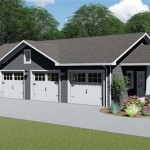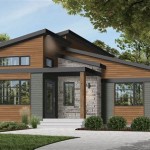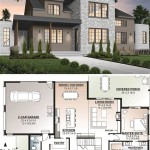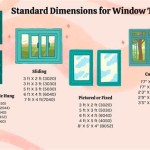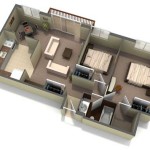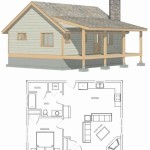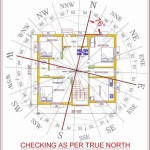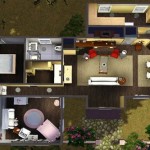Essential Elements of Tiny Home Floor Plans on Trailers
Tiny homes on trailers have gained popularity due to their affordability, mobility, and environmental friendliness. However, designing a tiny home floor plan on a trailer presents unique challenges due to space constraints. Here are some essential aspects to consider when creating a tiny home floor plan on a trailer:
1. Legal Considerations:Check local building codes and regulations regarding tiny homes on trailers in your area. Some jurisdictions may have specific requirements for trailer size, weight, and structural integrity.
2. Trailer Type and Dimensions:Select a trailer that fits your space and weight requirements. Consider factors such as length, width, height, and axle rating. The size of the trailer will determine the available space for your floor plan.
3. Multifunctional Spaces:Maximize space by incorporating multifunctional areas into your floor plan. For example, a loft area can serve as a sleeping space and storage area, while a couch can double as a bed. Built-in furniture and storage solutions can help save space and keep your tiny home organized.
4. Kitchen and Bathroom Efficiency:Design a compact and efficient kitchen and bathroom. Use space-saving appliances, such as a two-burner cooktop and a composting toilet. Incorporate storage and organization solutions to keep essentials within reach.
5. Natural Light and Ventilation:Maximize natural light by incorporating windows and skylights into your floor plan. This will help reduce energy consumption and create a more inviting living space. Proper ventilation is also essential to prevent moisture and odors from accumulating.
6. Electrical and Plumbing Systems:Plan for your electrical and plumbing systems carefully. Consider the location of outlets, switches, and fixtures. Ensure that your systems are properly installed and meet safety codes.
7. Storage and Organization:Storage is crucial in a tiny home. Incorporate ample storage spaces throughout your floor plan, such as under-bed storage, built-in shelves, and closets. Keep your belongings organized to maximize space and maintain a clutter-free environment.
8. Customization and Flexibility:Make your tiny home floor plan customizable and flexible to suit your needs. Consider using modular furniture that can be easily reconfigured or removed. This will allow you to adapt your space as your needs change.
9. Outdoor Living:If desired, incorporate outdoor living spaces into your floor plan. A small deck or patio can provide an extension of your living space and enhance your connection with nature.
10. Aesthetic Considerations:While space optimization is crucial, don't neglect the aesthetic appeal of your tiny home floor plan. Choose finishes and materials that reflect your style and create a comfortable and inviting atmosphere.
Remember, designing a tiny home floor plan on a trailer requires careful planning and attention to detail. By considering these essential aspects, you can create a functional, comfortable, and aesthetically pleasing living space that meets your unique needs and lifestyle.
Tiny House Floor Plans 32 Long Home On Wheels Design

Tiny House Floor Plans 32 Home On Wheels Design

Plans Purchase Healthy Homes

Custom Plans Elevations Now Available Tiny House Basics

Tiny Home Floor Plans Trailer Google Search House

Show Model Bungalow Cottage Floor Plans Tiny House Small

Guide To Building A Gooseneck Tiny House And Fifth Wheel Homes The Life

Tiny House Plans The Project

Gives A Good Idea Of Tiny House Lengths Square Footage With Basic Layout Elements In Relation To On Wheels Movement

What Kind Of Tiny House Would You Buy Tinyhousedesign

